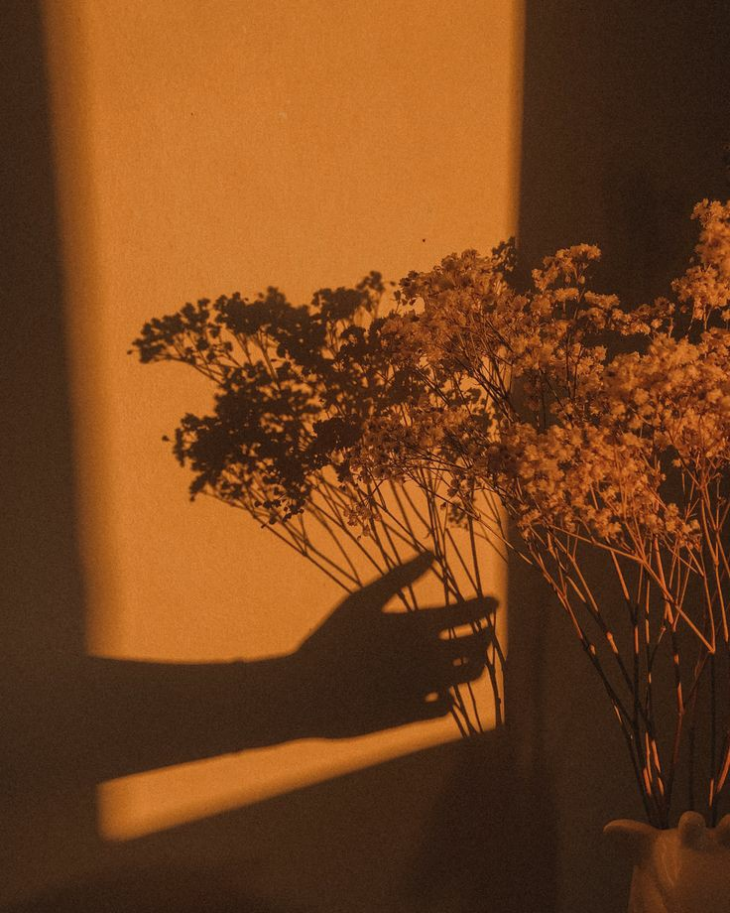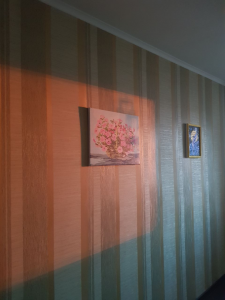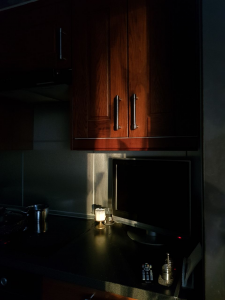
Psychology of design
Vol. 25, Issue 08, 11 November 2022
When choosing a room design, we should think about the fact that our apartment and room are our faces, and we should be pleased to be there. Our home is our comfort, a talisman, the place where we feel safe, which means everything should give us positive emotions. There is no point arguing that the house is a reflection of ourselves. And many researchers in the field of psychology say exactly that. Moreover, the house reflects not only the personality in the sense of “what I am”, but also “how I would like to appear”. So, what is comfort in the understanding of design?
Shapes and details
Experts in the field of interior design psychology advise using paired or repeating elements (symmetrical) in the design, for example:
- in the bedrooms – two identical bedside tables or reading lamps.
- in the kitchen, there are three or four evenly-spaced bar stools.
- in the living room, there are two sofas or armchairs on either side of the coffee table.
But at the same time, psychologists note that an asymmetric composition will give the room depth and visual interest. They perform it at the level of the layout or on a small scale: you can arrange pieces of furniture in different ways.
Light
Successful interior design in psychology is closely related to well-organized lighting. Sunlight helps to improve circadian rhythms (the connection of biological processes in the body with the change of day and night), prevents depression and improves the work of higher brain functions (memory, speech, coordination, thinking, orientation and planning). On a clear day, we feel more attentive and focused. The lack of natural light leads to a feeling of fatigue, remember how much harder it is to wake up on a dark winter morning compared to summer. Modern lighting devices can simulate daylight in intensity and spectrum, but the human brain still catches the substitution, and this also negatively affects mood and energy levels.
Contours
It is believed that surrounded by furniture with sharp, clear edges, our brain receives an order: “Attention! Be vigilant!”. When looking at a carpet or a soft sofa, the opposite opinion works: “Relax.” The chain of reactions develops instantly at the subconscious level.
A desktop with right angles installed in the office will help a person to concentrate. And when you want to relax, the best remedy is a warm sofa, a soft blanket and comfortable pillows. Smooth and smoothed shapes are also soothing.
Psychology of color in the interior
Individual preferences, memories and personal associations influence the effect produced by the color scheme in the home environment. A typical example is black: for some it is associated with death, while others feel comfortable. The psychology of colors in the interior recommends using warm natural tones – blue, yellow, beige, green. In the design of the dining room or living room, because they are conducive to sincere communication.
Cool colors – blue, green, lavender – soothe and are great for the bedroom. In the bathroom decoration, white or pastel light shades will cause a positive emotional response, which means cleanliness.
It is better to maintain the home office environment in a green color scheme, this contributes to concentration.
As a science, the psychology of color design is considered very young. Therefore, when creating a design, you should listen not only to the advice of specialists, but also to your inner feelings.
Psychology in interior design is the principle of creating a harmonious space based on the reactions of the subconscious. A living environment where the layout is simple, the arrangement of objects is symmetrical, there is a lot of natural light, as well as greenery or a beautiful view from the window, has a positive effect on a person’s mood and well-being. And the chosen interior range helps to emphasize the purpose of the room and evoke the desired emotions.
- New Year’s mood - 22nd November 2024
- Minimalism is a way of life. Where to begin? - 15th November 2024
- Why do you need an air humidifier? - 8th November 2024


